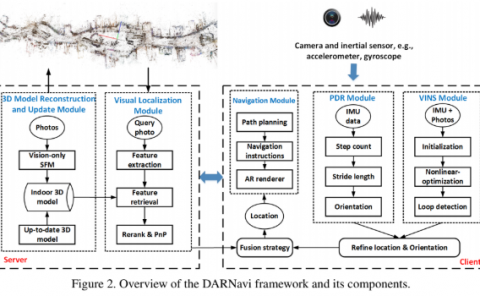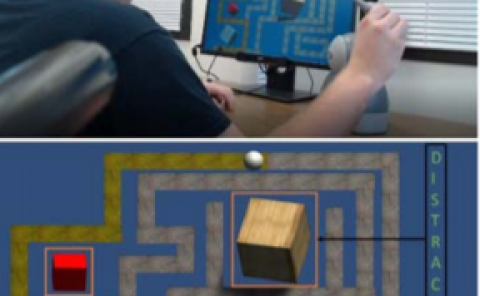Architectural Design in Virtual Reality and Mixed Reality Environments: A Comparative Analysis
PubDate: August 2019
Teams: Orta Dogu Teknik Universitesi
Writers: Oğuzcan Ergün; Şahin Akın; İpek Gürsel Dino; Elif Surer
PDF: Architectural Design in Virtual Reality and Mixed Reality Environments: A Comparative Analysis

Abstract
Virtual reality (VR) provides a completely digital world of interaction which enables the users to modify, edit, and transform digital elements in a responsive way. Mixed reality (MR), which is the result of blending the digital world and the physical world together, brings new advancements and challenges to human, computer and environment interactions. This paper focuses on adapting the already-existing methods and tools in architecture to both VR and MR environments under sustainable architectural design domain. For this purpose, we benefit from the semantically enriched data platforms of Building information modelling (BIM) tools, the performance calculation functions of building energy simulation tools while transcending these data into VR and MR environments. In this way, we were able to merge these diverse data for the virtual design activity. Nine participants have already tested the initial prototype of MR-based only interaction environment in our previous study [1]. According to the feedbacks, the user interface and interaction mechanisms were updated and the environment was made accessible also in VR. These updates made four types of interactions possible in MR and VR: 1) MR environment using HoloLens with gestures, 2) MR environment using HoloLens with a clicker, 3) VR environment using HTC Vive with two controllers, and 4) HoloLens emulator with a mouse. All these interaction cases were tested by 21 architecture students in an in-house workshop. In this workshop, we collected data on presence, usability, and technology acceptance of these cases. Our results show that interaction in a VR environment is the most natural interaction type and the participants were eager to use both MR and VR environments instead of an emulator. To our best of knowledge, this is the first comparative study of a BIM-based architectural design medium in both VR and MR environments.


